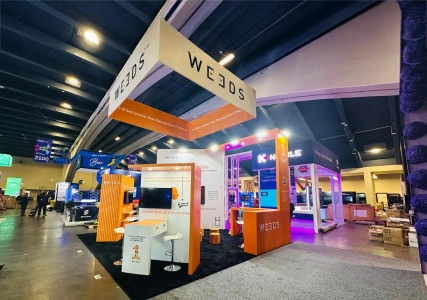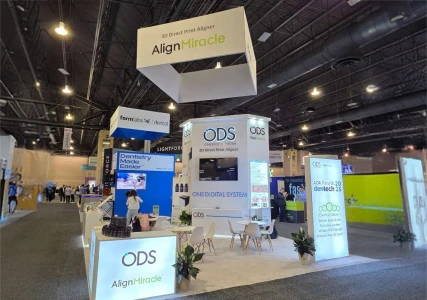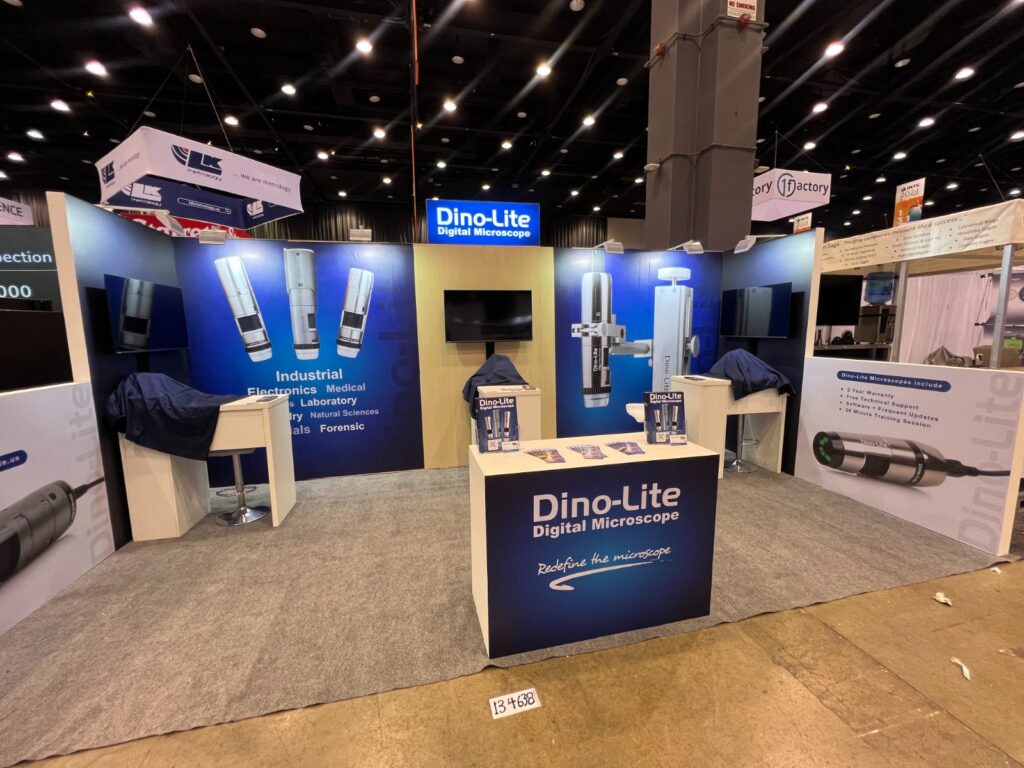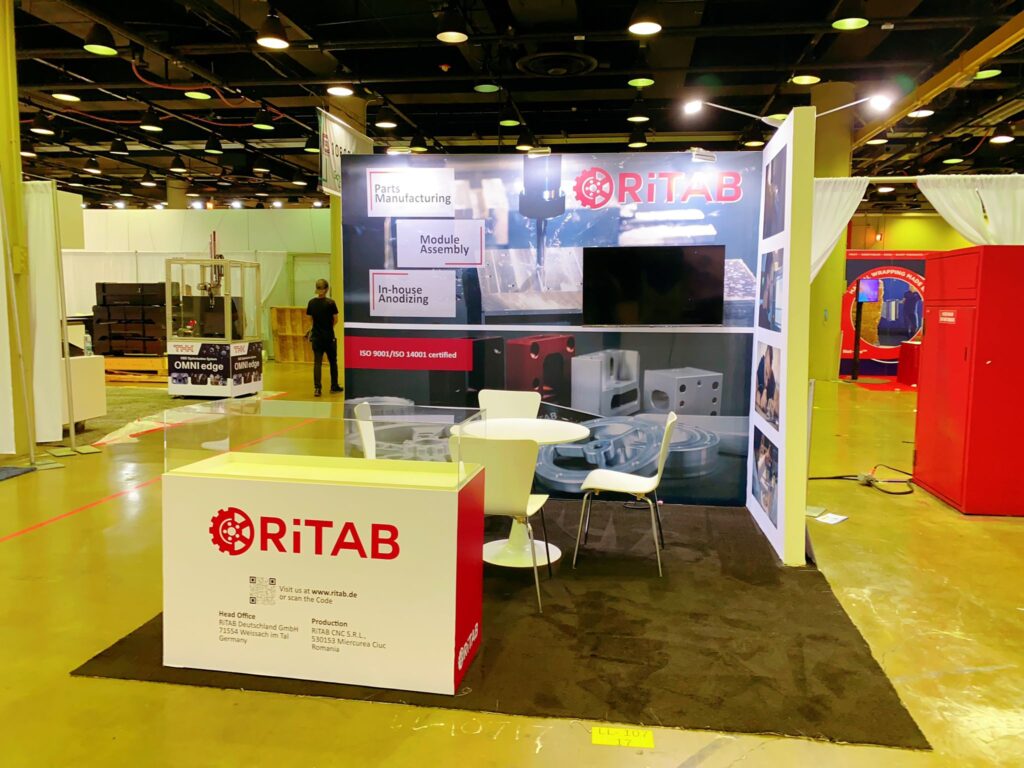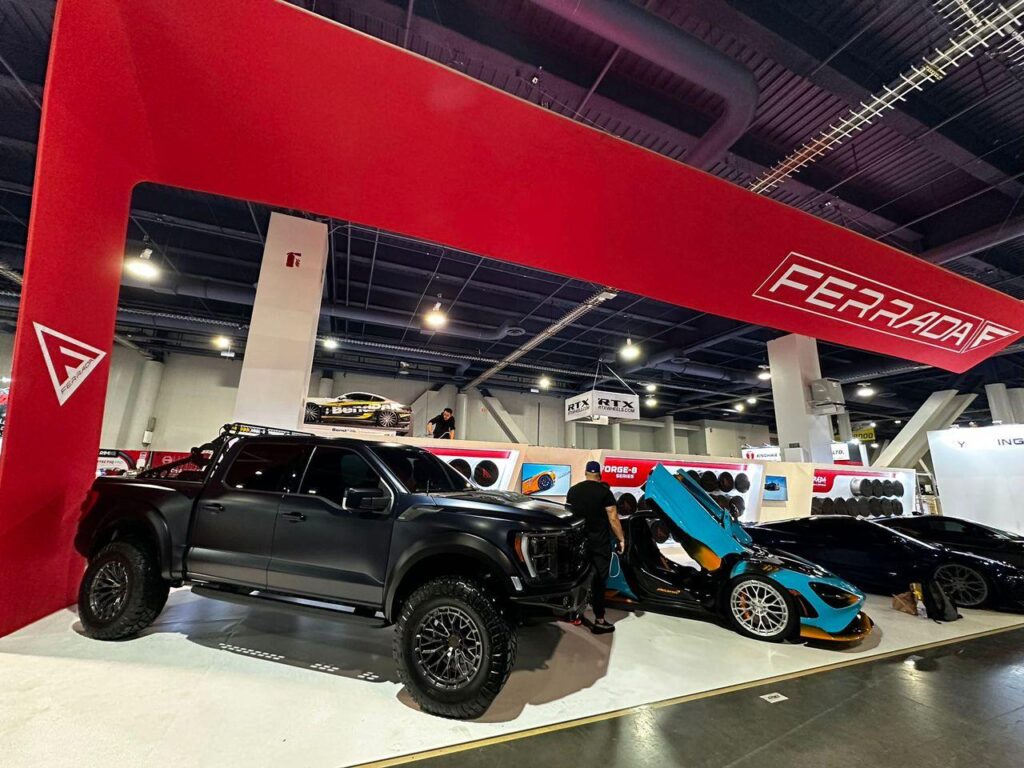

Simplify trade show planning and management in 2025
Managing a trade show in 2025 comes with its own unique challenges and opportunities. As technology changes quickly, audience standards shift and competition grows, trade show organizers need to find smart ways to improve operations. It is important to make the attendees’ experiences better and make sure everything runs smoothly. Even for the trade show booth design and build process, technology is contributing a lot.
Here are some essential strategies to simplify your management and trade show booth construction in 2025:
Utilizing project management software
Planning a trade show requires managing multiple tasks. It includes meetings, deadlines, coordinating with teams, etc. Without a structured system, things can become chaotic, leading to delays and miscommunications. This is why project management software is becoming invaluable. These tools help trade show organizers plan, track, and complete tasks efficiently. They serve as a centralized platform where all schedules, assignments, and key details are stored. Teams can set deadlines, delegate responsibilities, and monitor progress in real-time.
What are the benefits of project management software?
A major benefit of these tools is their ability to establish task dependencies. For example, if booth setup requires venue approval first, the software ensures that approval is secured before moving forward. Additionally, automated notifications keep teams informed about upcoming tasks, reducing the risk of miscommunication and missed deadlines.
Trade shows involve several critical deadlines, including:
- Move-in schedules for exhibitors
- Setup and installation timelines
- Dismantling and move-out processes
Managing these aspects manually can be overwhelming. Project management software simplifies the entire process, ensuring smooth operations.
Tools for trade show planning
Some of the most widely used tools for event planning include Trello, Asana, Wrike, etc. By implementing these, show organizers can reduce errors, improve team coordination, and ensure a seamless event experience.
Benefits of AI in Trade Show Management
Artificial Intelligence is transforming event management by automating tasks, enhancing security, and providing real-time assistance. AI-driven solutions allow event organizers to create a more efficient and engaging experience for both attendees and exhibitors.
Automation of Routine Tasks: AI can handle tasks such as sending reminders, updating schedules, and addressing frequently asked questions, saving time and effort.
Improved Security Measures: AI-powered facial recognition and digital check-ins can enhance safety and streamline entry procedures.
Data-Driven Insights: AI can analyze past event data to suggest improvements and forecast attendance trends.
Chatbots for Instant Support: AI-powered chatbots can assist visitors and exhibitors around the clock by answering questions, providing event schedules, and offering directions, reducing the burden on event staff.
By incorporating AI, trade shows become more efficient, engaging and easier to manage. As AI technology continues to evolve, its role in event planning will only expand. It will even make the process of custom exhibit design more seamless than ever before.
Conclusion
Trade show management in 2025 doesn’t have to be overwhelming. By embracing technology, automation, and AI, event organizers can streamline operations, lower costs, and significantly enhance the experience for both attendees and exhibitors. The key to success is staying adaptable and open to innovation. By leveraging modern tools and continuously refining strategies, trade show organizers can meet the industry’s evolving demands and ensure that their shows run smoothly and successfully year after year.
Related Posts
CONTACT FOR BOOTH DESIGN AND CONSTRUCTION SERVICES

Top 5 Innovative Booth Design Trends For Las Vegas Trade Shows
Top 5 Innovative Booth Design Trends For Las Vegas Trade Shows Even the most experienced exhibitors know that in Las Vegas, standing still equals falling

Why Top Exhibitors Choose Connect Exhibit for Las Vegas and Orlando Trade Show Booths
Why Top Exhibitors Choose Connect Exhibit for Las Vegas and Orlando Trade Show Booths When it comes to exhibiting at large shows, the design and

Why Brands Choose Connect Exhibit for Affordable Trade Show Booth Rentals in Orlando
Why Brands Choose Connect Exhibit for Affordable Trade Show Booth Rentals in Orlando Orlando is one of the best places to participate in trade shows.
Our Projects
